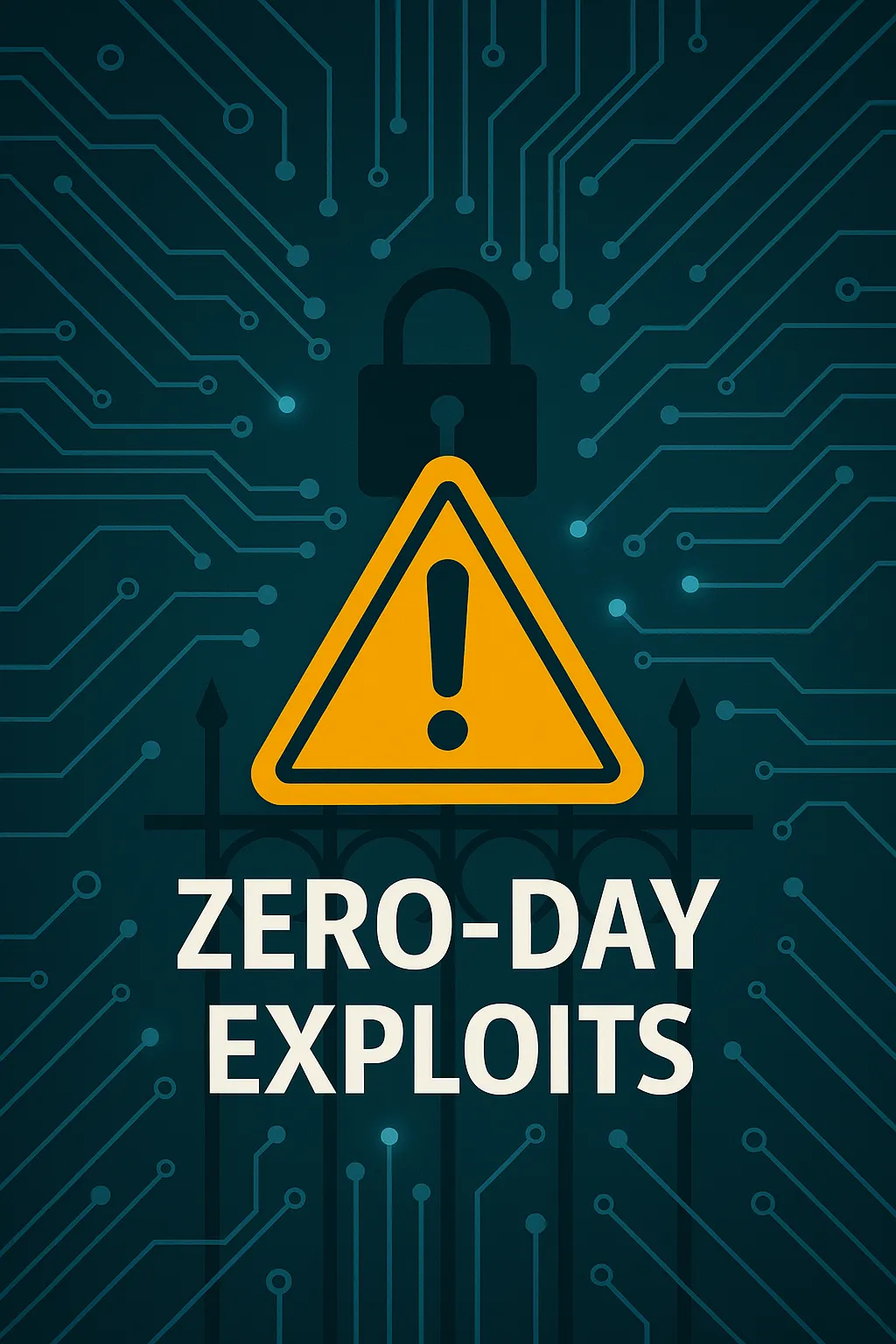In the ever-evolving landscape of cybersecurity, zero-day exploits have become a prominent threat that both individuals and corporations must contend with. This blog post digs into what zero-day exploits are, why they are on the rise, and how major tech companies are fighting back.
Understanding Zero-Day Exploits
A zero-day exploit is a cyber attack that occurs on the same day a weakness is discovered in software, before a patch or solution is implemented. Attackers exploit this gap between discovery and resolution to carry out harmful activities, often compromising sensitive information or systems.
The Rise in Zero-Day Exploits
Recent trends show a significant increase in zero-day exploits. For instance, major tech companies like Apple and Microsoft have had to rush out patches for multiple such vulnerabilities. This surge is driven by several factors including the increasing complexity of software, the value of corporate data, and the capabilities of modern hackers.
Corporate Responses to Zero-Day Threats
Companies are increasingly facing the challenge of dealing with zero-day exploits by rolling out patches. For example, Apple has backported patches to older devices, ensuring that vulnerabilities in previous models are addressed, as reported by Packetstorm News.
Microsoft's Patching Strategy
Similarly, Microsoft has been proactive in addressing vulnerabilities, often issuing broad patches that address multiple vulnerabilities as they did in May 2024, patching around 60 vulnerabilities across various software products.
Impact and Implications
The frequency and severity of zero-day exploits have significant implications for both security teams and users. Security teams must be agile and proactive to defend against these fast-emerging threats. For users, staying informed and applying updates promptly is crucial.
Takeaway
While the threat of zero-day exploits grows, awareness and preparedness can greatly mitigate risks. Regularly updating software, staying informed about the latest cybersecurity threats, and understanding how to respond to potential vulnerabilities are key strategies for safety.

